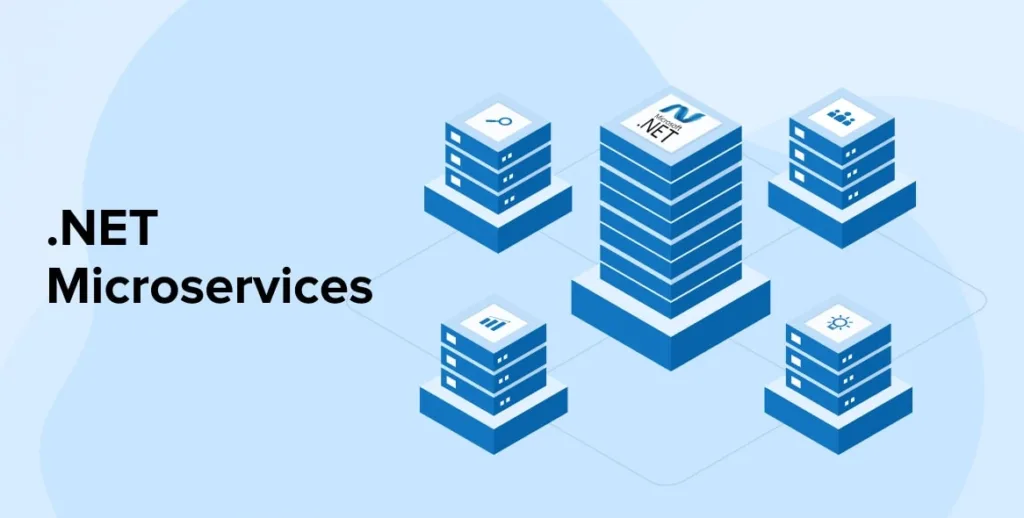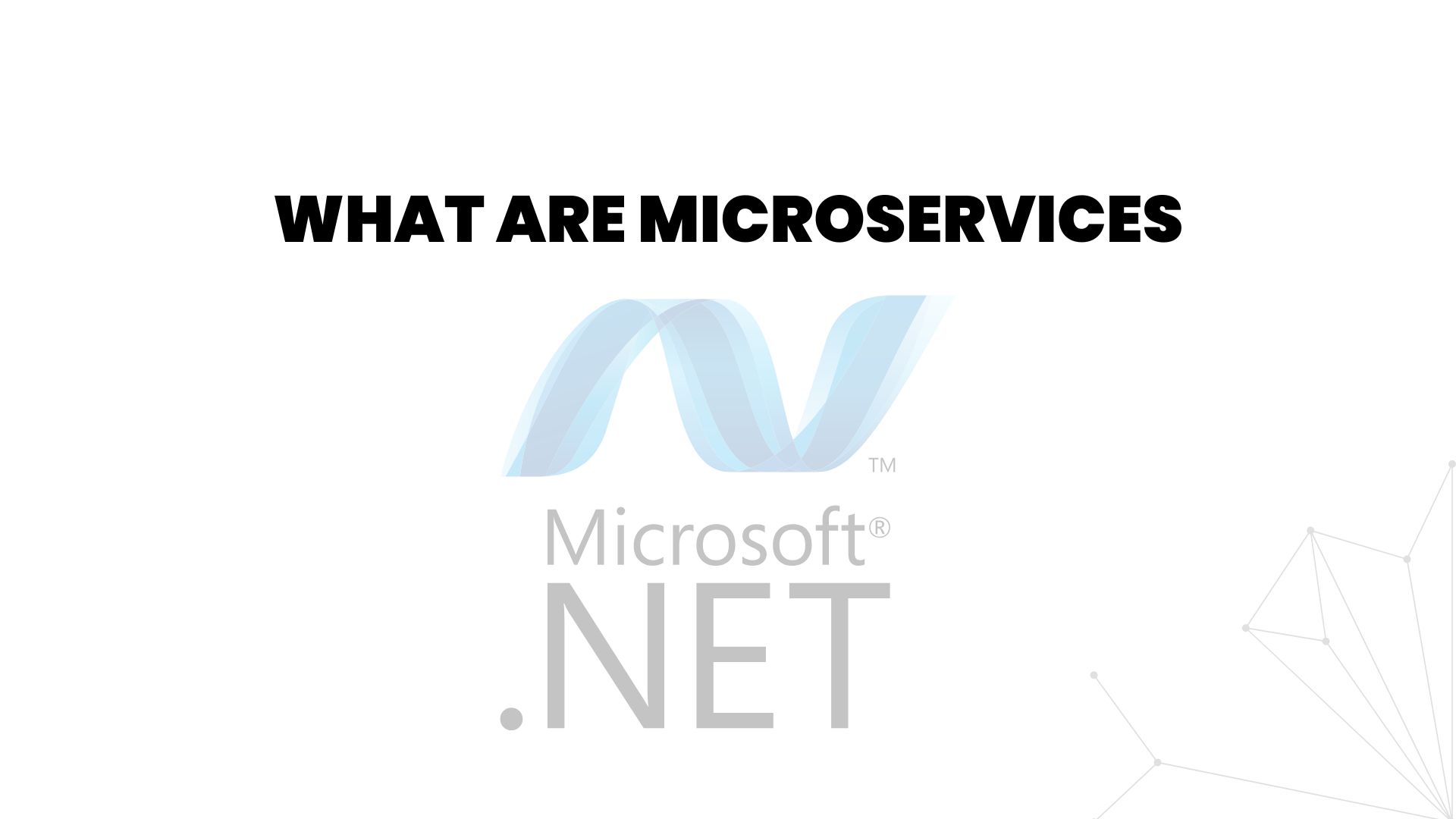In recent years, software development has shifted dramatically from large, monolithic applications to more modular and distributed systems. This transformation has been driven by the need for scalability, flexibility, and faster delivery cycles. One architectural style that has become the backbone of this shift is microservices architecture. With its ability to break down complex applications into smaller, independently deployable services, microservices have become a favorite among enterprises and startups alike.
When combined with the power of .NET, microservices become even more accessible, efficient, and reliable. Let’s explore how microservices work in the .NET ecosystem, why they matter, and how to get started.
What Are Microservices?
Microservices is an architectural approach where a single application is composed of many small, loosely coupled services, each focused on a specific business capability. For example, in an e-commerce platform:
-
One service might handle user authentication,
-
Another might process payments,
-
And another could manage the product catalog.
These services communicate via lightweight protocols such as HTTP, gRPC, or messaging queues. Unlike monolithic applications, microservices allow teams to build, deploy, and scale services independently.
Why Choose .NET for Microservices?
Microsoft has built .NET to be highly compatible with modern architectural patterns, including microservices. Here are some reasons why .NET is ideal:
-
Cross-Platform Support
With .NET 6/7/8, applications can run seamlessly on Windows, Linux, or containers, making deployment in cloud-native environments much easier. -
ASP.NET Core for APIs
Microservices rely heavily on APIs for communication, and ASP.NET Core provides high-performance, lightweight, and scalable frameworks to build RESTful or gRPC-based services. -
Docker and Kubernetes Integration
.NET works smoothly with containerization tools like Docker and orchestration platforms like Kubernetes, which are essential for deploying and managing microservices at scale. -
Event-Driven Architecture
With tools like Azure Service Bus, RabbitMQ, or Kafka, .NET services can communicate asynchronously, enabling decoupled and resilient systems. -
Rich Developer Tools
Visual Studio, Visual Studio Code, and the .NET CLI provide excellent productivity features for creating and managing microservices projects.
Core Building Blocks of Microservices in .NET
-
Service Design
Each microservice should have a single responsibility. For example, a “User Service” should only handle user-related logic and not interfere with other domains. -
Communication
Services can interact through:-
Synchronous APIs: Using REST or gRPC.
-
Asynchronous messaging: Using queues or event streams.
-
-
Data Management
Each service should manage its own database, avoiding a single shared schema. Popular options in .NET microservices include SQL Server, PostgreSQL, and MongoDB. -
Containerization
Microservices are best deployed as containers. A typical workflow includes:-
Building a Docker image for the service.
-
Deploying it to a container registry.
-
Running it in Kubernetes or Azure Kubernetes Service (AKS).
-
-
API Gateway
An API Gateway (like Ocelot in NET) routes client requests to the appropriate service and handles cross-cutting concerns such as authentication, logging, and rate limiting. -
Observability
Monitoring and logging are crucial. In .NET microservices, tools like Serilog, Prometheus, and Elastic Stack can be integrated for tracing and diagnostics.
Example: Building a Microservice with ASP.NET Core
Imagine creating a simple Order Service:
-
The service is built as an ASP.NET Core Web API project.
-
It exposes endpoints
/api/ordersfor creating and fetching orders. -
The service has its own database (say, SQL Server).
-
It’s containerized using Dockerfile and deployed to Kubernetes.
-
Other services, like Payment or Inventory, can then interact with it via HTTP or messaging.
This modular approach ensures that if the Order Service goes down, the rest of the application can continue functioning.
Benefits of Microservices with .NET

-
Scalability: Individual services can be scaled based on demand. For example, during Black Friday sales, the “Payment Service” can scale independently of the “User Service.”
-
Flexibility in Technology: While most services may be built with .NET, teams can mix in other technologies as needed.
-
Faster Deployment: Independent services mean smaller codebases and quicker deployment cycles.
-
Resilience: Failures are isolated to individual services rather than bringing down the entire system.
Challenges to Consider
While powerful, microservices also bring complexity:
-
Service Communication Overhead
-
Data Consistency Issues (requiring patterns like Saga or Event Sourcing)
-
Increased Monitoring Needs
-
Complex DevOps Pipeline
Fortunately, the .NET ecosystem provides solutions to these challenges through libraries, cloud services, and DevOps tools.
Conclusion
Microservices with .NET open the door to building scalable, resilient, and cloud-ready applications. By leveraging ASP.NET Core for APIs, Docker for containerization, Kubernetes for orchestration, and tools like Ocelot for API Gateway management, developers can implement modern architectures with confidence.
As digital transformation continues, more organizations are adopting microservices to meet user expectations and business demands. With its strong ecosystem, community support, and enterprise readiness, .NET remains one of the best frameworks to bring microservices to life.





